
Feed Restriction Versus Exercise for Overweight Horses
Here’s how to implement feed and exercise changes for horses that are overweight or obese.

Here’s how to implement feed and exercise changes for horses that are overweight or obese.

Based on a recent horse owner survey, researchers report the most common mistakes made when creating equine diets. Oversupplying calories tops the list.
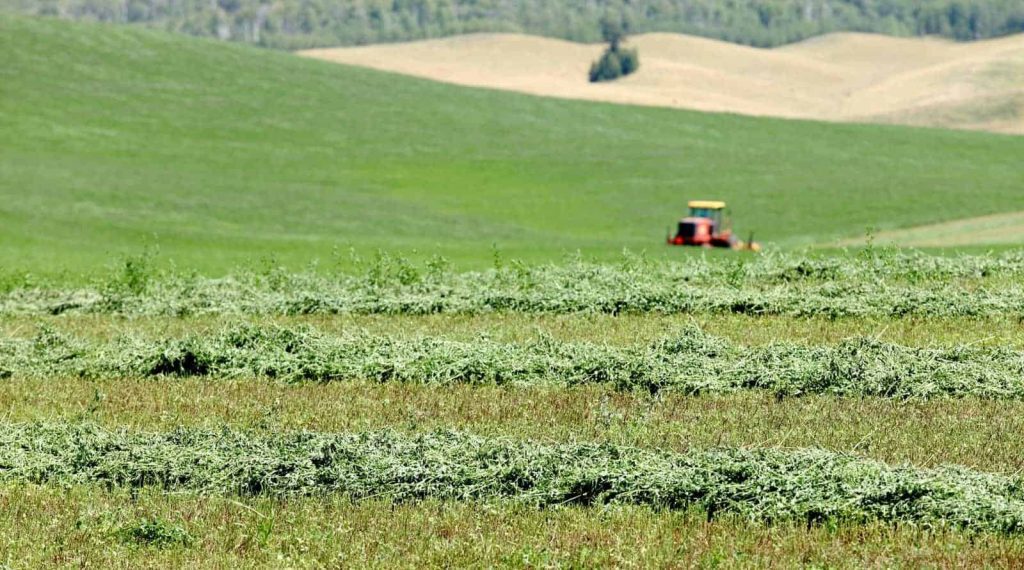
Learn how to choose the right type of forage for horses with metabolic problems.
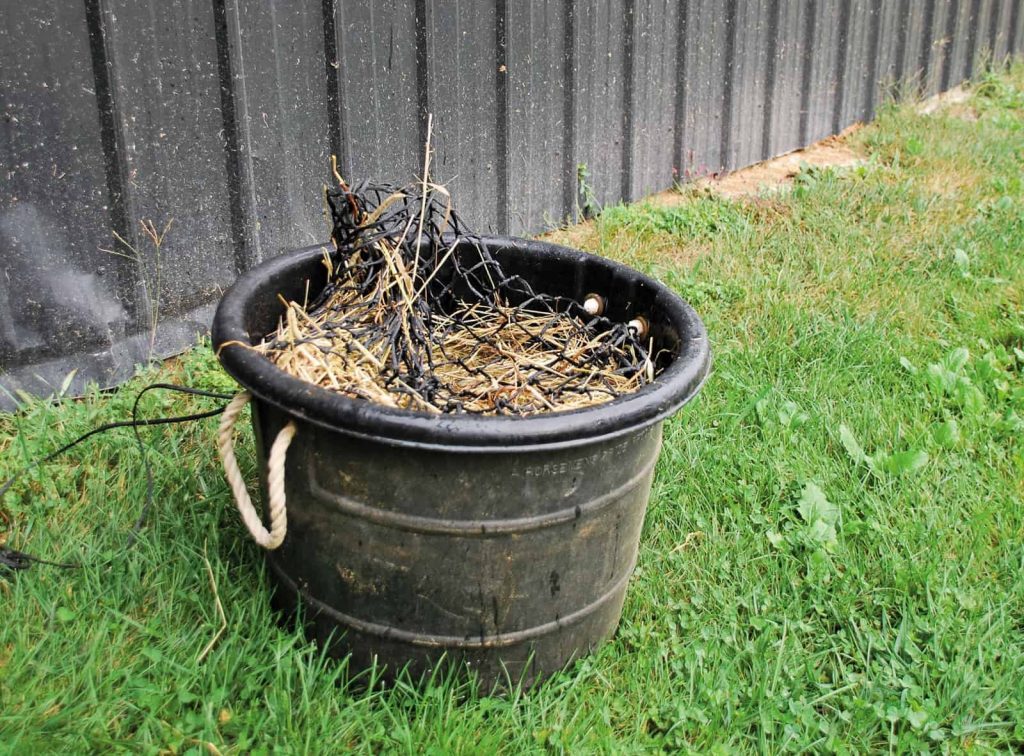
Soaking hay for horses with PPID or insulin dysregulation can reduce the WSC and ESC values, making it safer for these horses to consume.

Horses might eat dirt due to nutrient deficiencies, among other causes.
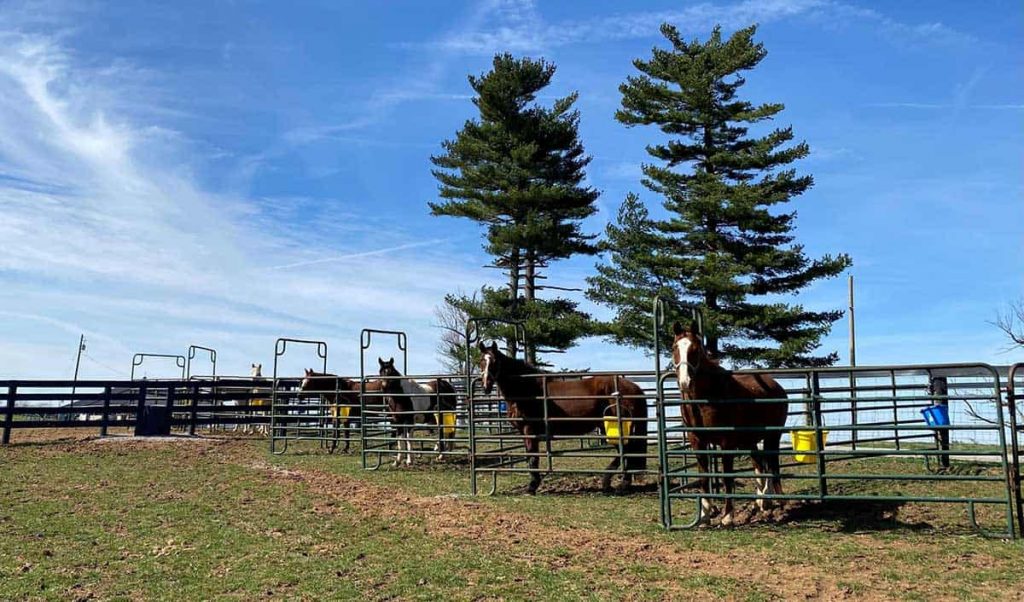
All horses and ponies have a different threshold for NSCs, but researchers are beginning to better understand how to feed horses with ID and EMS.

Researchers found that feeding a certain prebiotic product prior to transport and exercise reduced dysbiosis and leaky gut syndrome.
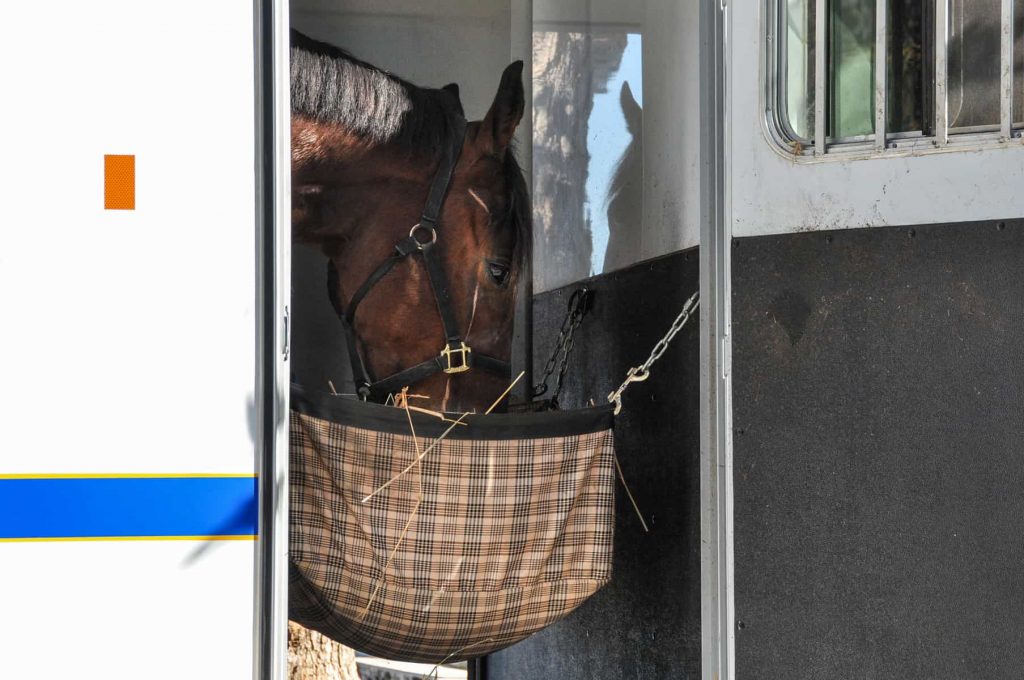
Equine athletes have specific nutritional needs that must be met to keep them performing their best. Sponsored by Purina.

An equine nutritionist’s advice on choosing treats for horses and ponies that might be prone to insulin dysregulation, obesity, or EMS.
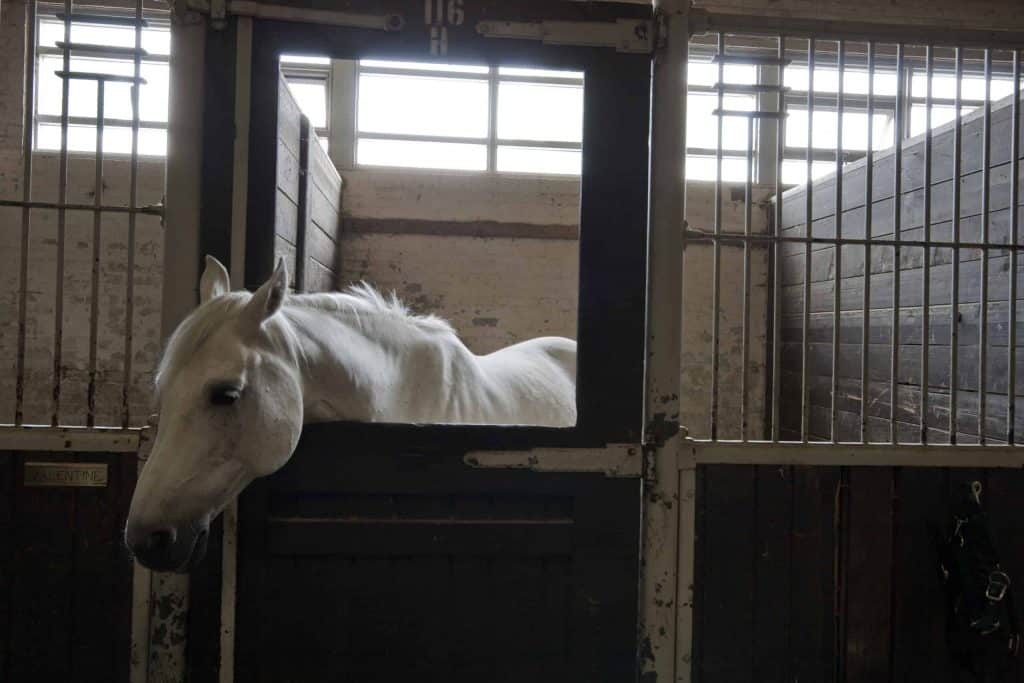
Diarrhea in adult horses can be life-threatening, so it is important for horse owners to know when to call their veterinarian and when to wait.

My horse is turned out to pasture for at least part of each day. Every winter he gets scratches. Is there anything I can do nutritionally that might help prevent this?

If managed with the right nutrition plan, horses and ponies with histories of laminitis can have successful careers.

Top of The Rockies alfalfa cubes are being investigated as the potential source of botulism infection in at least 15 horses.

Veterinarians across several UC Davis departments helped pinpoint and resolve a 20-year-old Arabian gelding’s chronic issue.

There are 2 forms of equine gastric ulcer syndrome. A researcher describes how to prevent them.

How veterinarians navigate 4 common scenarios, from dehydration to the postpartum period, that increase colic risk.
Stay on top of the most recent Horse Health news with
"*" indicates required fields